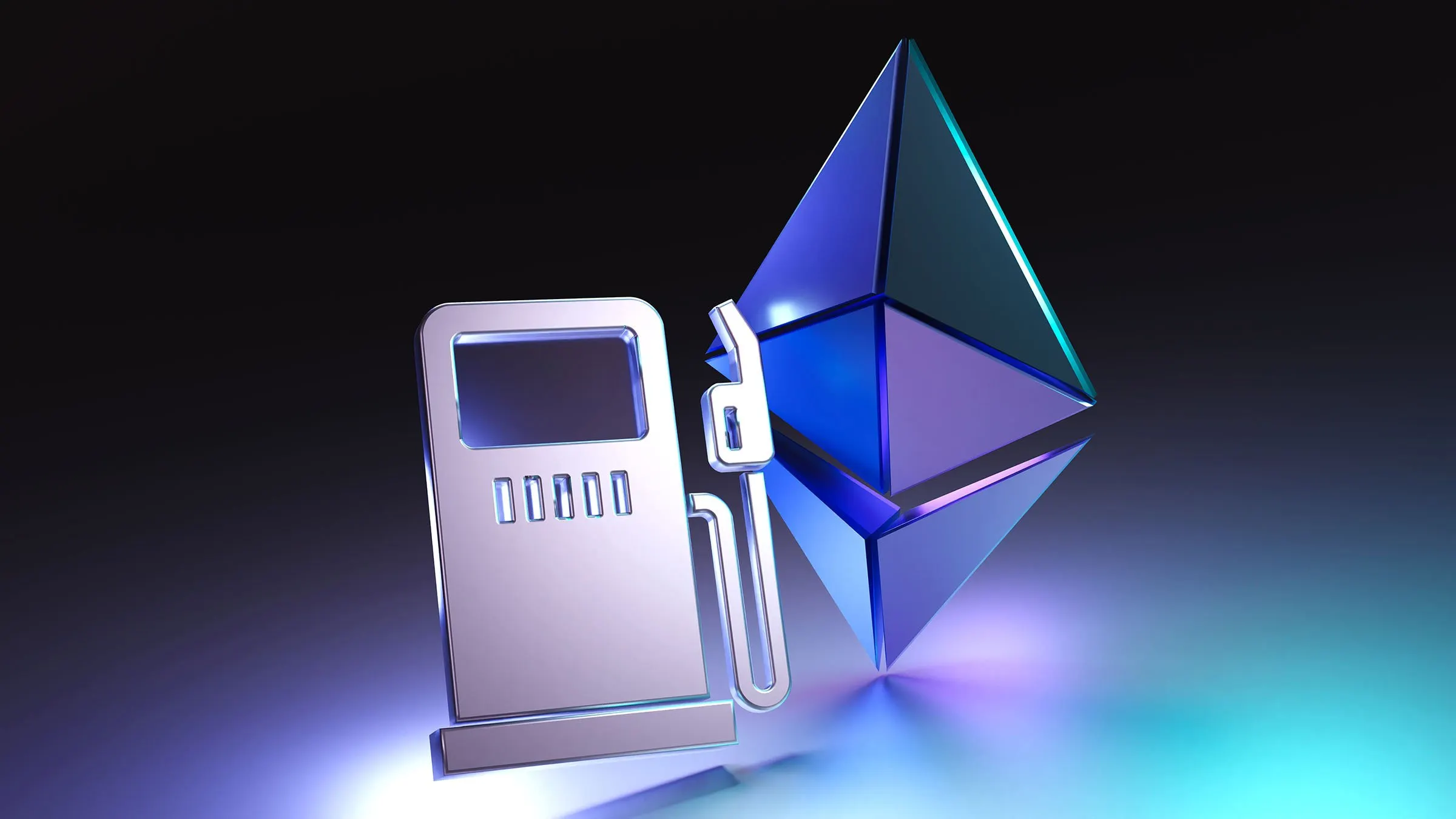The global Ethereum supply has contracted by just over 4,700 ETH, or about $9.5 million, since Monday, according to data aggregator ultrasound.money.
While that figure pales in comparison to the cryptocurrency’s massive $243.4 billion market capitalization, it is nonetheless eyebrow-raising: ETH has not experienced such a prolonged deflationary period in months, and the rally appears to have halted the token’s recent inflationary spiral.
And perhaps not coincidentally, the market currently likes what it sees when it comes to Ethereum: Earlier today, ETH touched $2,000 for the first time since July. At writing, the token sits at $2,020, up 6.7% in the last 24 hours.
So, what’s behind ETH’s deflationary sea change this week? And how long can the momentum be expected to last?
Thanks to the fee-burning mechanism that’s governed Ethereum since 2021, the more traffic on the network, the higher gas fees rise. And the higher gas fees rise, the more ETH is “burned” by the network, or permanently removed from circulation. That means increased traffic on the Ethereum network could lead to more ETH being removed from circulation than created on a yearly basis.
I call this deflationary! #ethereum https://t.co/MaOP7o4bRC
— Dr. Julian Hosp (@julianhosp) November 9, 2023
Indeed, average gas fees on Ethereum have more than doubled since Sunday, according to Etherscan; at writing, for example, the average Uniswap transaction requires $16.35 worth of gas. Transferring an NFT on Rarible currently costs around $21.77.
But what accounts for the increase in activity on the network?
NFT trading volume hit a three month high this week. Are degens flipping jpegs again? And are they to thank for Ethereum’s short-term comeback? Probably not, says Alice Kohn, Glassnode’s head ETH analyst—those bumps may be a red herring.
“There has been a surge in NFT-related activities, hinting at a possible resurgence in the NFT market,” Kohn told Decrypt. “However, these activities remain relatively modest compared to the NFT boom witnessed earlier in the year.”
Kohn does not believe that this week’s ETH deflation can be attributed to minor fluctuations in NFT trading. Instead, she’s found that the deflation mostly stemmed from another source: altcoins.
Ethereum, being the permissionless network that it is, allows for anyone to create a blockchain-based token for just about anything. These tokens, typically of the ERC-20 variety, trade on both centralized and decentralized exchanges, such as Uniswap, and make up a significant portion of the altcoin market.
Uniswap currently ranks as the leading gas guzzler on the Ethereum network, per Etherscan, with transactions on the protocol accounting for about 13% of all Ethereum traffic; once-dominant NFT platforms like OpenSea and Blur, which similarly led in gas fees during the NFT bull run, are hardly making a dent these days.
“The latest uptick in network activities, which led to the deflationary turn for the ETH supply, clearly comes from altcoins,” Kohn said. “The latest surge in interest, particularly evident in GameFi tokens, underscores the evolving landscape of the crypto market.”
Numerous ETH-based tokens have enjoyed substantial rallies this week—LINK is up 27.2%, and PEPE is up 12%, for example. Those gains appear to be riding a macro tide that, in the last seven days, also lifted altcoins XRP, Cardano, and Solana by between 11% and 20%—potentially indicating renewed investor interest in Bitcoin alternatives.
Some analysts have predicted that Ethereum’s altcoin-fueled deflationary run this week could signal that the bottom is in for the token, and that ETH is now set to climb towards $3,000. But Kohn isn’t so certain that renewed altcoin interest is strictly a good thing for Ethereum’s short-term health.
“There's a possibility that funds may flow into BTC first and then navigate down the risk curve directly into altcoins, bypassing ETH,” she said. “This could position ETH in a challenging scenario, sandwiched between BTC as the premier crypto asset and more enticing risk-on altcoins.”
Disclaimer
The views and opinions expressed by the author are for informational purposes only and do not constitute financial, investment, or other advice.

